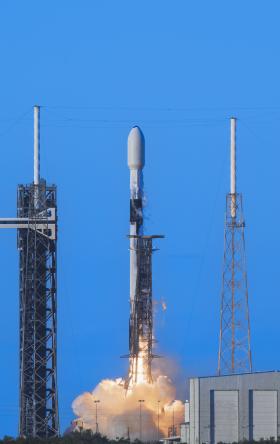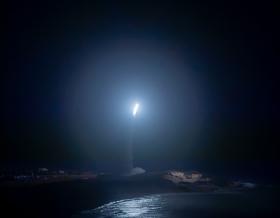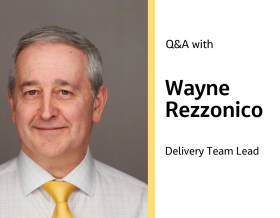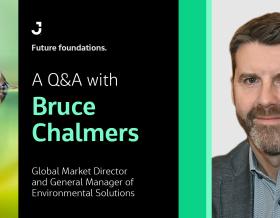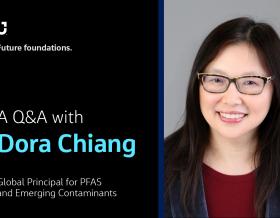Engaging to Adapt: Building Climate Change into Decision Making
Collaborating with coastal communities to address hazards and deliver a more climate resilient future

With 15,000 kilometers (~9,320 miles) of coastline, coastal erosion, coastal inundation and rising groundwater levels are a reality for many coastal communities in New Zealand (NZ). These communities are often also exposed to other inland hazards, including fluvial (river) flooding, pluvial (rainfall) flooding and land instability issues like landslides. Climate change is exacerbating all these hazards, meaning more communities will experience the effects of these hazards in their lifetime.
In NZ, the historic approach to managing the coastline has been reactive. This approach leads to decision-making under pressure focused on how we can restore and protect what was there. Slowly, NZ is moving from a defend-at-all-costs approach to a more holistic strategy of considering the whole coastal system. We’re becoming more confident in making decisions under uncertainty, and adaptation planning is slowly becoming the norm. It’s a complex and evolving topic.
Uncertainty and change can be scary, especially when that change is outside our control – however, it doesn’t need to be. Adaptive planning provides a framework to engage with communities on emerging hazards and increasing risks without knowing all the answers. In NZ, we generally use Dynamic Adaptive Policy Pathways (DAPP). It allows us to step back and put the community at the heart of the decision-making process, enabling us to consider the best long-term solution for managing the coastline. It’s shifting our focus away from short-term reactive solutions and allowing us to consider a range of plausible options while encouraging us to leave as many options on the table as possible.
To respond to increasing risk, difficult and expensive decisions need to be made. By upskilling the community on risk, we're enabling them to make informed decisions and prepare for the change by the time it arrives.
Bringing perspectives together for a one-team approach
We started our adaptation planning project by taking a hazard assessment to the community and acknowledging that we knew they had a problem, but that we didn't have all the answers. It was a deliberate yet uncomfortable position to put ourselves in. However, we knew that science only told part of the story and we would benefit from the wisdom of many minds from within the community.
No one understands the realities of living at the beach quite like those who have lived there all their lives. We provided every community member with space to share their story with us. We listened to accounts of what they had seen at the beach in their lifetime and heard their aspirations for the future. Their stories were as important as the hazard assessment itself.
From there, we interrogated the scientists together. We were on the same team, after all. We used this time as an opportunity to learn together. If the community were going to be the decision-makers, they needed to understand how their environment was changing and the benefits and limitations of various solutions.
One of the difficulties in this approach is that building expertise takes time. During this time, community members might change. Each new community member is a potential process disrupter until they are brought up to speed. The sooner this happens, the sooner everyone can move forward together.
Measuring effectiveness
Adaptive planning is underpinned by what matters most to a community and the legacy they wish to leave for the next generation. Developing objectives through this lens enables us to clearly identify what needs protecting, what needs creating, and what we are happy to live with. It prevents us from jumping straight to the solution and supports a discussion on the effectiveness of various options. Good objectives need to be relevant and measurable.
Through discussion, "We just need a seawall built" can be turned into "I have concerns about the flood risk and do not want my house to be flooded." This opens the door to discussing where the flood risk is coming from. Is the property only at risk from coastal flooding, or is a high groundwater table combined with the fluvial and/or pluvial flood risk a bigger concern? This approach enables a broader discussion of possible options for addressing the flood risk, which could involve the construction of a seawall.
Co-creating solutions
We set out to go on a journey with our community. We were open and honest about the limitations, for instance, the costs. In small communities, the affordability of options quickly takes options off the table. In our first community meetings, we explained to each community member that they would need to fund their own adaptation options. By discussing funding early on, the community was able to develop an affordable approach from the outset. It also gave them confidence we were willing to have difficult conversations.
We needed good technical information, but more than that, we needed information presented in a way that the community could understand and engage with. So, we developed a Coastal Adaptation Explorer as a facilitation tool to help the community understand their management or adaptation options, when they might need to do things differently, and to visually demonstrate the residual risk of each option. The Explorer provided real-time feedback to the community on each of the option's costs, benefits and effectiveness. We ran the sessions in small groups of six to eight community members, including one Council Officer and a technical leader from Jacobs.
The Coastal Adaptation Explorer offered remote and isolated communities an accessible and succinct digital tool to explore flood and erosion management options to inform their coastal adaptation plans. The tool is configurable to specific geomorphology for each individual community and allowed for engineering, planning and relocation responses to coastal hazards. The Coastal Adaptation Explorer combines engineering, planning and relocation options to help communities understand their coastal hazards and make informed climate response decisions.
The community saw the merits of various options, asked questions of Council and technical experts and discussed in small groups what they were willing to trade off. From this, we developed a plan for proactive managed retreat, including a land banking scheme to help subsidize the retreat costs for the landowners. This conversation was only possible because it was driven by the community and not imposed on them.
Proactive relocation
Because a series of natural disasters in NZ had resulted in the reactive retreat of several properties, the term "managed retreat" had become associated with reactive retreat and had negative connotations of the government "managing" or controlling how and when retreat would occur. But this was quite different to what we were discussing with the community. Through adaptive planning, the possibility of proactively relocating the community before the flood hit was addressed. During the process, the language changed from "managed retreat" to "proactive relocation."
The community found talking about retreat difficult as it was hard to visualize and understand what it meant for them. It is impossible to create a single model of retreat that can apply uniformly across different settlements because the risk is different, the risk tolerance is different and what is important to each community member is different. Taking a blank sheet of paper to the community enabled us to capture the aspects of the approach that mattered most to them.
Discussing proactive relocation with communities is difficult. It is difficult to put a price to, to fund, and to implement. Yet unfortunately, due to the impacts of climate change for many coastal settlements in NZ, it will be inevitable. It’s a complicated topic, but when the community is taken on a journey and understands why relocation needs to be discussed, a solution is possible.
A few words in closing
While we know the data will never be 100% perfect, through early engagement, open and honest conversations with the community and using tools like Coastal Adaptation Explorer, it’s possible to find a suitable approach to adaptation planning. Adaptation does not need to be negative and by working together with the community, we can implement an aspirational future together.
Every community is different, and every approach and solution must also be different. We encountered the most challenges in our engagement when we tried to use the same approach in each of our communities.
Community Adaptation Panels are common in NZ as a way of upskilling a small number of community members to represent the wider community. These can be very effective, but there is no substitute for working in partnership with the whole community.
Don't give up. For the community we work with, this is their past, future, and livelihood. It is emotional, and they need time to process the information.
Going on the journey takes time, but it is gratifying when you can move from working against each other to working with each other to find a solution.
-
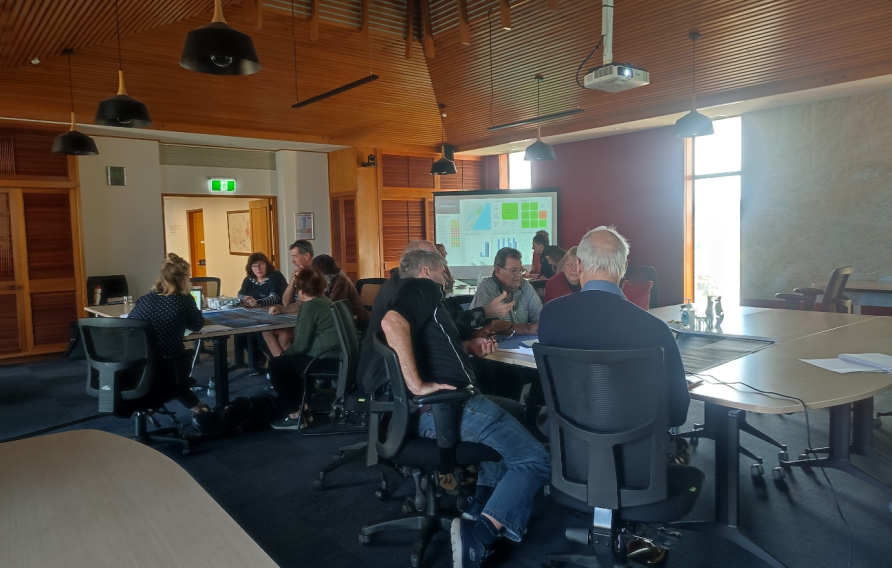
Community engagement sessions
-
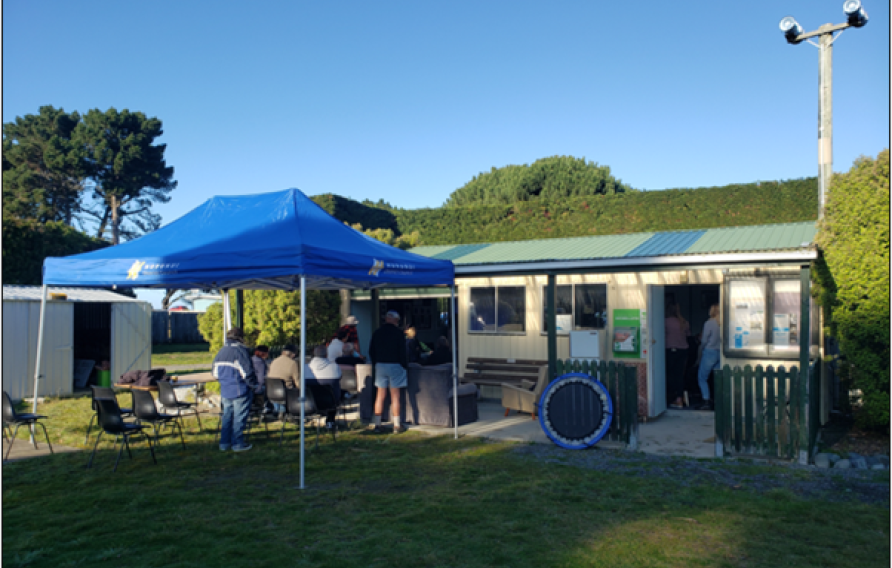
Community engagement sessions
-
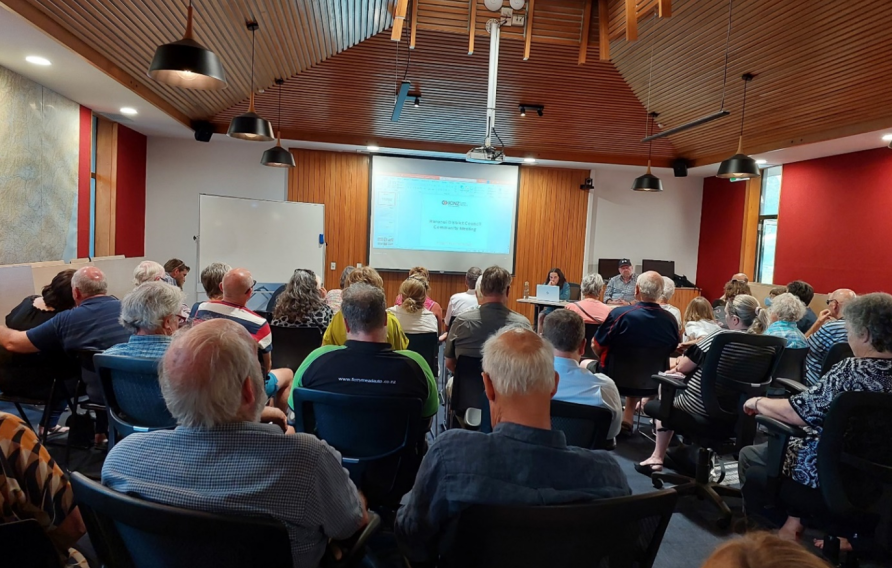
Community engagement sessions
Did you know?
Our work with the Council and community to develop an adaptation plan using the Coastal Adaptation Explorer tool has been an award-winning collaboration:
- Winner - ‘A nation ready to respond and adapt to flooding and coastal change’ at the Flood & Coast Excellence Awards 2023 - Chartered Institution of Water and Environmental Management – for Coastal Adaptation Explorer.
- Winner - Nancy Northcroft Supreme Practice Award by the New Zealand Planning Institute for the Amberley Beach Coastal Adaptation Plan.
-
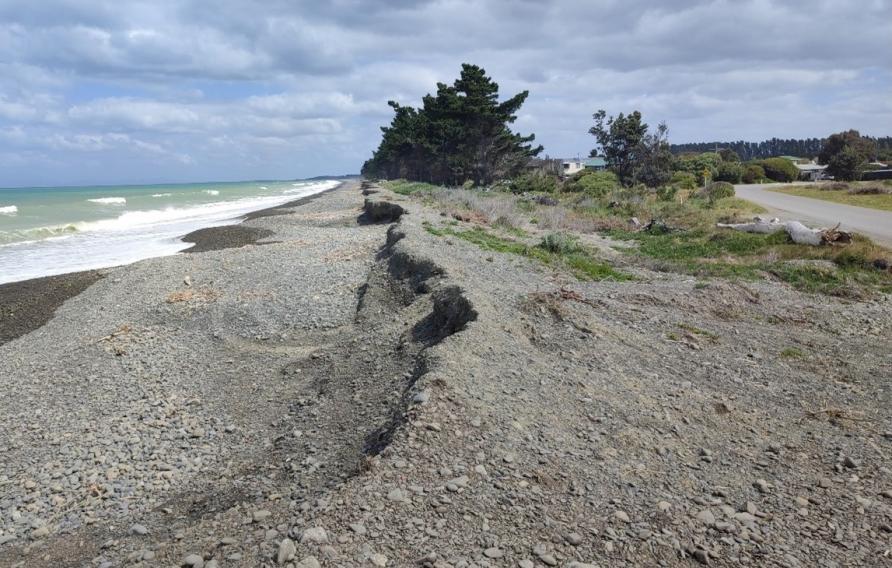
Amberley Beach Road
-
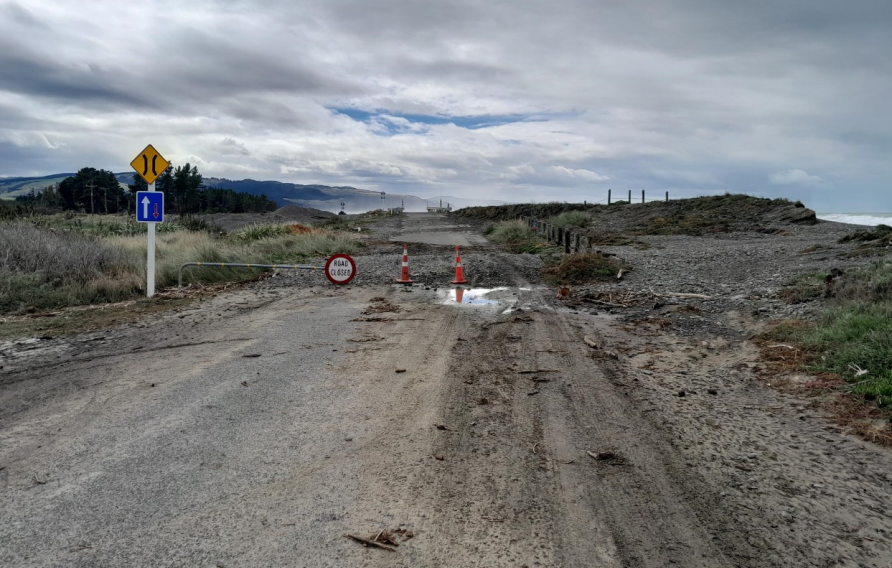
Golf Links Road
About the author
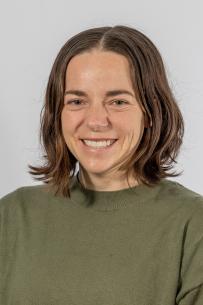
Jacobs Associate Consultant of Climate Response Monique Eade is a planner with over 12 years of experience in natural hazards and climate change strategy and planning for local government. She has a strong background in adaptation planning and climate change-related projects including working with communities to understand the impact of multi-hazard events, including earthquakes, landslides, fluvial/pluvial flooding, cliff stability and coastal erosion and inundation. By translating complex technical information into accessible language, she can facilitate meaningful conversations with a wide variety of stakeholders.
You might be interested in...
Future Foundations.
Co-creating the world to come

From developing climate resilience and transitioning to a low-carbon future, to modernizing and transforming infrastructure, governments and businesses face critical challenges. How they respond will define our future.
As our clients navigate these challenges, we help them think differently – working together to pioneer tomorrow's infrastructure solutions and build the foundations for a prosperous, secure future.



